English Ivy is a common houseplant. It is evergreen and has a wooden stem, and can be seen trailing across gardens and climbing walls.
It can also be made a beautiful and decorative houseplant as it is a climber and needs a supporting pole. English Ivy care is not very difficult.
It can be grown in many different situations. You can use hanging baskets, pots, or even grow them at the base of other houseplants.
English Ivy Care: Features
Height
Ivies are usually unlimited in their spread, and you can keep them pruned to any size you want when grown as house plants. They are small-leafed and slow-growing, so it is easier to maintain them in a small pot. They have a wide variety of different foliage types. Many Ivies have leaves splashed with silver, white, yellow, cream, or gold.
Culture
Ivy grows best in bright light. They are capable of handling low to medium light, but growth may reduce. Please do not keep them in direct sun. If you have a variegated ivy, you will have to give it plenty of light to maintain the bright color. However, ivies can be grown with artificial light as well.
You can also train them to be of different shape frames such as circles, hearts, or pyramids. Plants with long stems can be weaved around this frame.
Medical Properties
Ivies add color wherever they grow, but they also have medicinal properties. Herbalists usually use it to treat various respiratory conditions like asthma, bronchitis, arthritis, COPD, etc. Ivy has antiviral and antioxidant properties.
It helps to remove toxins from the body, reduce allergies, and strengthen blood vessels. There are some side effects of English Ivy, such as itching, shortness of breath, swelling, and skin reddening.
It would help if you remembered that English Ivy could be toxic when taken orally. It may also cause vomiting and nausea when taken in high doses.
English Ivy Care and Tips
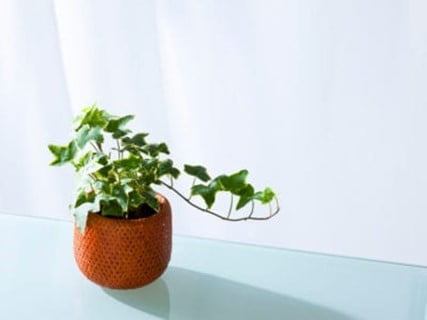
With the right light and care, the English Ivy can be one of the most beautiful indoor plants, but people usually face many problems when Ivy is a houseplant. Leaves start dropping and turning brown.
These symptoms are the plant’s cry for help. It is possible that the plant got too much water or too much sun. Therefore, it is essential to understand what your English Ivy wants. Here are a few things you need to know for English Ivy care.
Light
Ivies do not like a lot of light; they prefer it medium and bright. If you grow them in low light indoors, they will not last long. Variegated leaves are more prone to damage from too much sun, so you should keep them away from direct light.
Water
Ivies should never be overwatered as they do not like wet soil. It would help if you did not get water until the top inch of the soil dries out. It is best to keep the English Ivy dry rather than wet. The pot that you are using to grow it should have drainage holes.
Leaves turn brown and dry on the edges if over watered. Visually, this symptom seems like the plant seems more water, but the real reason is that the plant roots are too wet. Very wet roots cannot deliver to the plant.
Ivies should also not be underwatered as a dry plant is always prone to infections and disease. Proper care should be taken, especially during winter, as it is a rough season for them.
The light is low, and the air is dry from fireplaces, and it gives pests such as mites a chance to attack. If you see a web-like structure on the underside of the leaves, you should know that the spider mites have attacked. They reproduce very quickly, so you should spray them off the leaves with water or apply Neem oil as soon as you notice the attack.
Humidity
Ivies prefer humidity. They may not like overly moist soil, but they do like moist air. There is a simple way to increase humidity around plants. Just add pebbles to a saucer and pour in water. Set the Ivy on the pebbles, and the water will evaporate, raising the humidity around the plant.
Temperature
Ivies like cold temperatures as they originated in central and northern Europe (colder climates). Most of the houseplants are tropical, but the English Ivy is not a native plant. They do best in cold rooms that have temperatures between 10 to 12-degree Celsius.
Fertilization
English Ivy care also includes regular fertilizing. Fertilize a plant about once a month in the spring, summer, and autumn seasons. Use a water-soluble and nitrogen-based fertilizer. Winter is Ivy’s dormant period, do not fertilize them at this time as it may do more harm than good.
Washing
All houseplants benefit from periodic washing as it removes dust and pests from their leaves. To wash the English Ivy, place it in the shower, and allow the water to run over the plant for a few minutes. Use a spray if the plant has serious infections.
Potting
It is easy to maintain healthy soil during English Ivy care. The plant should be grown in a soil-based potting mix that allows water drainage and moisture retention. If you cannot select the right soil, take the help of your local nursery.
Propagation
Root cutting is the method of propagation of the English Ivy. Root the 4-6 inch cutting of young plant during spring, do not use mature cutting to produce a bushy type of growth.
Pests and Diseases
A problem with the English Ivy is it is prone to pests’ difficulties. However, proper care and maintenance will reduce this problem. Remove the infected leaves regularly and treat the plant with pesticides.
Pruning
During winter, the English Ivy plant does not bear many leaves but have long stems. It would help if you trimmed areas that have lots of woody growth but very few leaves. It is essential to cut the stem down for proper growth.
How to identify English Ivy?
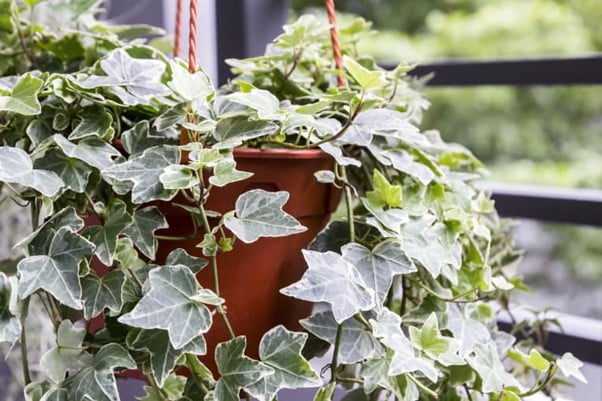
Ivy is the favorite house plant for interior decorators all over the world. Its leaves are placed alternatively and in a petiole arrangement.
The leaves are usually 2-4 inches long, and the space between them is 0.8 inches. It also has flowers that spring from the mature stem, which gets full light and design on the top.
The flowers are greenish-yellow and 2 inches wide. They are nectar-rich, which makes the English Ivy the primary source of food for bugs and bees.
The fruits are orange or purple. They are poisonous. So, you should keep them away from pets and kids. The English Ivy can also cause skin irritations.
English Ivy Benefits
Air Purifier
According to NASA’s studies, the English Ivy is clear air plants as they purify by clearing airborne toxins such as carbon mono oxide and benzene.
Reducing Mold
Mold particles that are present in the air can trigger asthma, throat infections, or serious illnesses. The English Ivy eliminates the mold particles from the air.

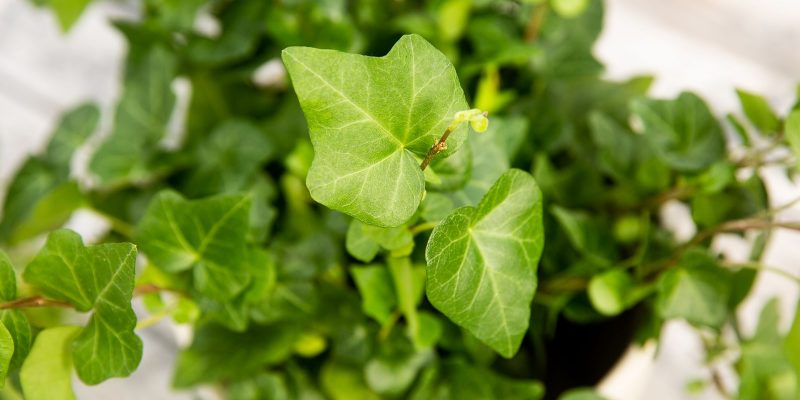

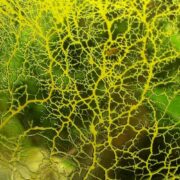
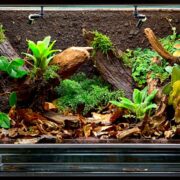
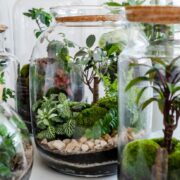
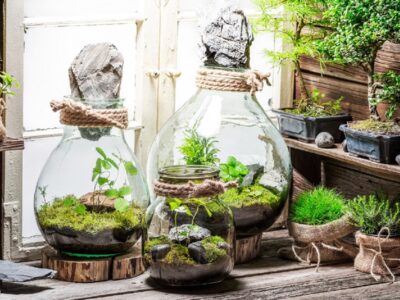
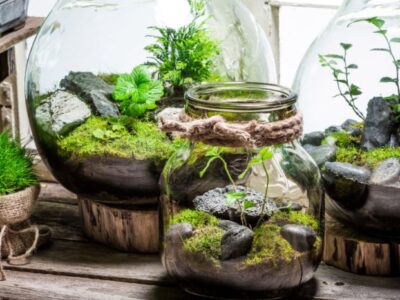
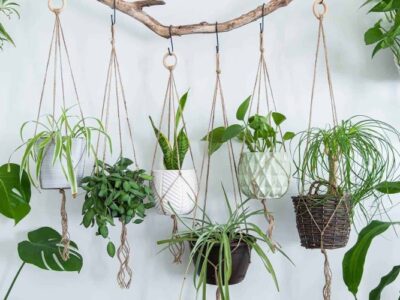
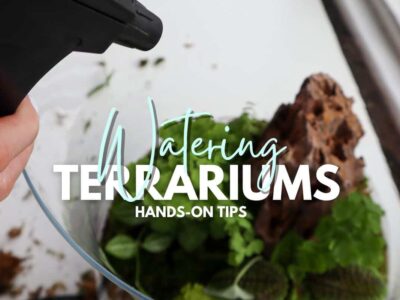
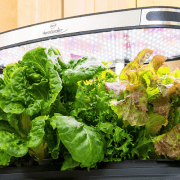

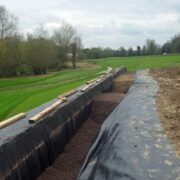
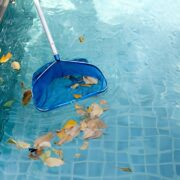
Comments